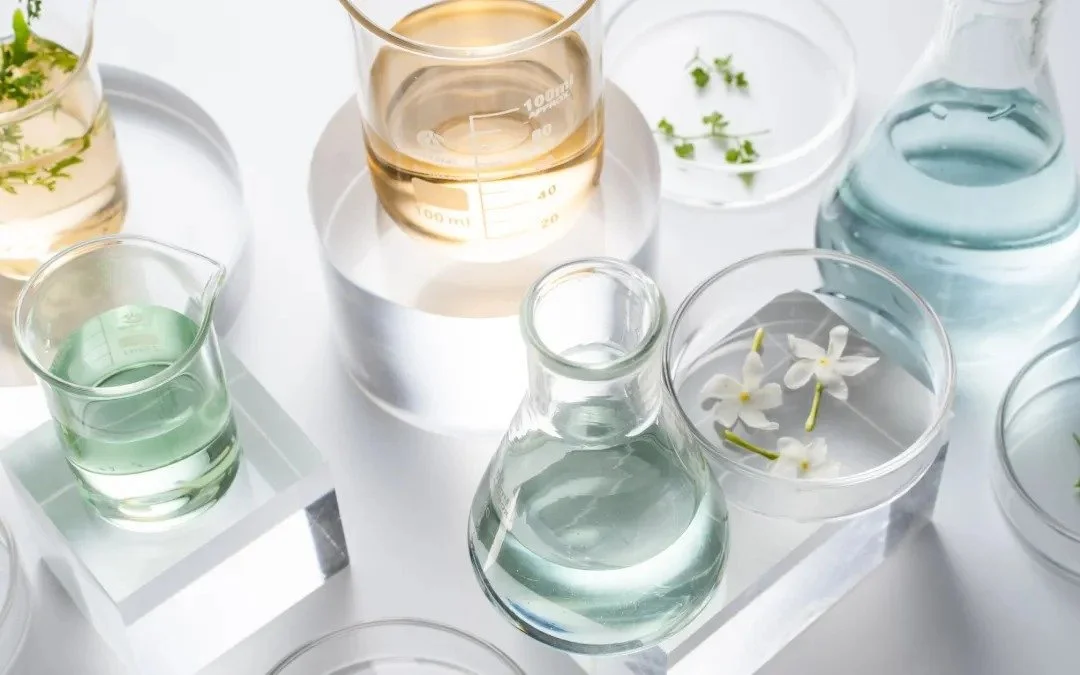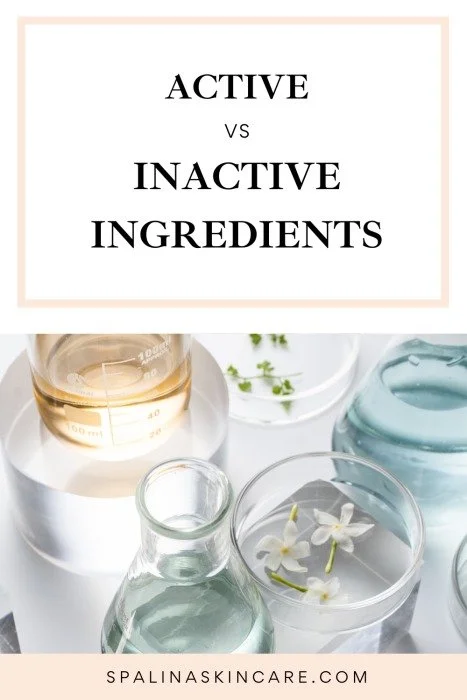Active vs Inactive Ingredients: Everything You Need to Know About Them
A specific product has Hyaluronic and salicylic acid… so what about it?
Ingredients in skincare products can seem a bit confusing and overwhelming that sometimes you’d rather just read a product review and go to Sephora instead. This way, you won’t have to worry about a bunch of ingredients you know nothing about. Sounds easier, right? Yes, but familiarizing yourself with skincare ingredients can be key to achieving the skin of your dreams.
What makes up the effectiveness of the final product is each component that has been put all together. With thousands of skincare products claiming all the wondrous things they can do for your skin, the best way to know whether it can live up to its promise is to pay close attention to its formulation. Read on for an overview of active and inactive ingredients and learn how it can make all the difference to your skin.
What is the difference between active and inactive ingredients?
Understanding a skincare product or any cosmetic is more than just looking at the description. If you would like to create the perfect skincare regimen that will deliver the best result based on your skin type, you have to dig deeper into the ingredients list.
All ingredients are crucial to producing the outcome. If you have seen an ingredient list before, you should know that they are required by FDA to be listed in order of the most to least percentage. Simply put, the first ingredients make up most of the product and decrease as you go by.
So why do skincare products have active and inactive ingredients, and how can we tell which is which?
Here’s the difference:
Active Ingredients
Actives, AKA performing ingredients, are the ones that make changes in your skin with the approval of the FDA. They have been tested to prove their efficacy and target specific conditions and are the ingredients that mostly do what the product claims. For example, octinoxate (octyl methoxycinnamate or ethylhexyl methoxycinnamate) is commonly used in sunscreen, which is used to shield the skin from harmful UVB rays.
Active ingredients or actives are important to make a difference in your skin and address any concerns you may have. Here are more examples of top active ingredients that you should be looking for when investing in a skincare product:
Stem cell – superb regeneration of the skin, rebuilding the barrier.
Niacinamide – improves skin hydration and builds protein in the skin.
Vitamin C – a potent antioxidant that hydrates the skin and helps with giving that dream glow.
Peptides – best for achieving healthy and younger-looking skin.
Retinoids – reduce the appearance of fine lines and wrinkles and can help with the production of collagen.
Inactive Ingredients
You might be thinking that inactive ingredients are not that important to look at since active ingredients do most of the work, but they are!
As mentioned, each product has to be formulated the right way to get the result you want, and inactive ingredients play a crucial part as a supporting agent and added factor for a more visible result. They help to deliver the purpose of actives to your skin, and they even make it better, which allows you to get your money’s worth. Inactive ingredients may not target a specific condition, but most are used for moisturizing, fragrance, shelf life, cleansing, and a lot more! This includes:
Emollients – ingredients that aim to moisturize and soothe the skin. These are usually found in moisturizers, creams, and lotions, and act as filling gaps between cells.
Preservatives – mainly used for preventing bacteria growth and increasing the products’ life span.
Green Tea – with its antioxidant and antimicrobial properties, this is one of the best inactive ingredients you may want to consider! Not to mention that it has many other benefits to help with acne and achieve healthy-looking skin.
Cica – can be used for anti-aging and strengthens skin barriers.
How to choose the best skincare product?
Here’s the catch: A product with more active ingredients does not necessarily mean more effective than a product with fewer actives. Although active ingredients are highly effective in targeting a specific condition, you have to be careful since they most likely contain higher concentrations which may cause irritation to the skin when used excessively.
In a nutshell, most expensive products pride themselves on having a higher concentration of actives to effectively treat the skin. While it is important to note that active ingredients are generally safer to use because they are approved by FDA and lower concentration may sometimes mean less effective, it is not always a bad thing! In the end, it all still boils down to your skin type and how your skin reacts to certain ingredients.
Being mindful of the ingredients and chemicals you put on your skin should be top priority. But if you feel overwhelmed and don’t want to memorize thousands of skincare ingredients all by yourself, then it is highly recommended to consult an esthetician who can advise and guide you on gentle yet highly-effective products that would work best on your skin.

